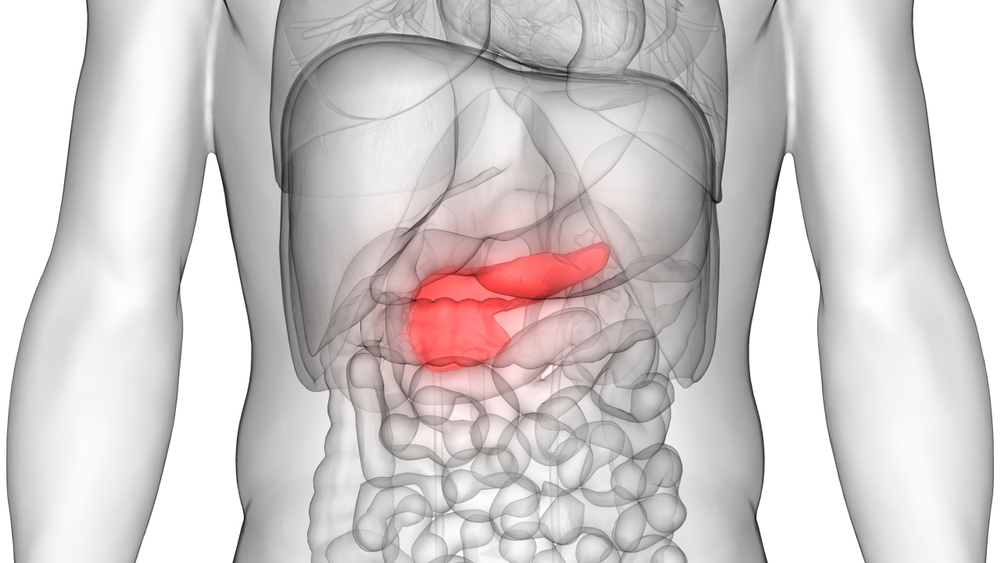
This test measures levels of CA 19-9 in the blood and it is most often used to monitor cancers of the pancreas or bile ducts. Because levels of CA 19-9 are also raised with other cancers and some benign conditions the test is not specific enough to be used for diagnosis.
Once a diagnosis is established CA 19-9 has an important role to play in monitoring cancer treatment and to watch for recurrence. Repeated measurements are often used during and following treatment because rising or falling levels can give your doctor information about whether your treatment is successful.
How is it used?
CA 19-9 is used as a tumour marker
What does the result mean?
Low amounts of CA 19-9 can be detected in a certain percentage of healthy people and many conditions that affect the liver or pancreas can cause a temporary rise in CA 19-9.
Moderate to high levels are found in pancreatic cancer, other cancers, and in several other diseases and conditions. The highest levels of CA 19-9 are seen in pancreatic ductal adenocarcinoma - cancer that is found in the pancreas tissues that produce food-digesting enzymes and in the ducts that carry those enzymes into the small intestine. This tissue is where the vast majority of pancreatic cancers are found.
Repeated measurements of CA 19-9 may be useful during and following treatment because rising or falling levels may give your doctor important information about whether the treatment is working, whether all of the cancer was removed successfully during surgery, and whether the cancer is returning.
Not everyone with pancreatic cancer will develop high levels of CA 19-9. Five to ten percent of Caucasians have a particular blood type described as Lewis negative and these people test negative for CA 19-9 even if they have pancreatic cancer.
Is there anything I should know?
Unfortunately, early pancreatic cancer gives few warnings. By the time a patient has symptoms and elevated levels of CA 19-9, their pancreatic cancer is usually at an advanced stage.
Common questions
CA 19-9 is not recommended as a screening test for people who do not have symptoms of pancreatic cancer because there are many other conditions that can cause CA 19-9 to rise. Researchers are searching for other markers that may help detect pancreatic cancer at an earlier stage and that may be more suitable for screening.
What other procedures will my doctor request along with my CA 19-9?
Your doctor may order a CT scan (computed tomography), an ultrasound, an ERCP (endoscopic retrograde cholangiopancreatography, a procedure in which a small lighted tube is passed through the mouth and stomach into the small intestine), and/or a biopsy to look for cancer cells under the microscope. Samples of the cancer may be tested for abnormalities (mutations) of the gene K-RAS to help the doctor decide on the best treatment.
Doctors still do not know what causes most cases of pancreatic cancer. Identified risk factors include smoking, age (most are over 50 years old), gender (males are more likely to have it than females), family history, diabetes, obesity, chronic pancreatitis, and heavy occupational exposure to certain chemicals and dyes.
What is Pathology Tests Explained?
Pathology Tests Explained (PTEx) is a not-for profit group managed by a consortium of Australasian medical and scientific organisations.
With up-to-date, evidence-based information about pathology tests it is a leading trusted source for consumers.
Information is prepared and reviewed by practising pathologists and scientists and is entirely free of any commercial influence.